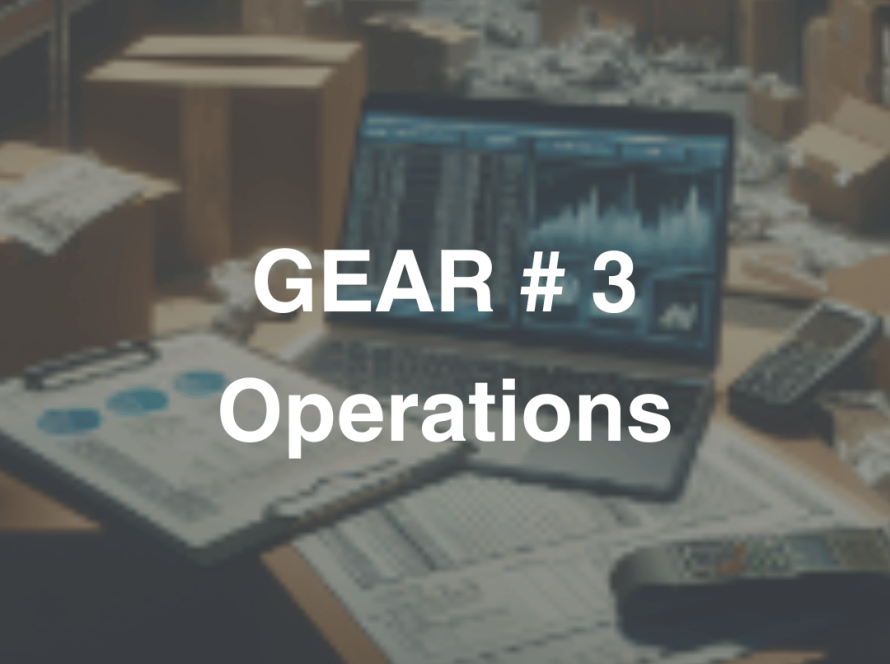Mastering Cash Flow Forecast: A Key to Small Business Success
Cash flow forecasting is very important for small business owners. It’s a financial plan that shows what money might come in and go out in the future. These details help business owners keep enough cash on hand and make smart choices that improve their business’s chances of success.
The Lifeblood of Your Business
Cash is essential for any business, much like blood is essential for the body. However, if a business doesn’t maintain a steady flow of cash, it might face difficulties in paying its bills, even if it typically earns a lot of money. Consequently, utilizing a reliable cash flow forecast becomes crucial, as it aids business owners in monitoring their finances. This ensures that the business can continue to operate smoothly, even when cash availability is limited.
Navigating Financial Uncertainty
Business can be unpredictable, and sudden events can use up your cash fast. Good cash flow forecasting helps you see and get ready for these money shortages. It makes sure you have plans ready to lessen the effects, like saving extra cash when times are good or looking for more funding options.
Strategic Planning and Investment
Cash flow forecasts help you make smart investment choices. They show you when you’ll have extra money, which helps you plan for buying new equipment, hiring more people, or growing your operations. This way, you can be sure that your decisions are good for your finances.
Cost Control and Expense Management
Regularly checking your cash flow helps you see how you’re spending money and find ways to spend less or work more efficiently. This active step helps you manage your money better and keep your business financially healthy.
Foundation for Funding and Borrowing
When you want to get loans or attract investors, having a good cash flow forecast is very important. It shows that you know your financial situation well and manage your money effectively. This makes lenders and investors more interested in your business.
Detailed Guide to Cash Flow Forecasting
Identify Cash Inflows and Outflows
Start by listing all the money coming in and going out. This includes money from sales, loans, and big purchases. It’s important to organize these accurately to understand your finances clearly.
Estimate Future Cash Flows
Look at past data, changes with the seasons, and expected sales to guess your future money movements. For new businesses, use standard industry figures and educated guesses.
Adjust for Uncertainties
Include scenarios for best and worst-case financial outcomes to prepare for unexpected changes in the market or business environment.
Regular Updates
A cash flow forecast is dynamic; update it monthly to reflect the latest financial data and market conditions, helping to spot trends and adjust strategies promptly.

Takeaways and Action Items
Learning cash flow forecasting helps small business owners plan ahead, get financing, and grow steadily. By keeping the forecast up to date, you can accurately track your business’s money situation. This helps you handle financial highs and lows confidently.
Understanding cash flow forecasting gives small business owners important information for making smart choices, which helps their business grow and stay stable. By keeping track of money coming in and going out, estimating carefully, and preparing for surprises, business owners can handle money problems well. Updating the forecast often keeps it useful and shows how important it is for managing a business well.
| ✳️ Gather Financial Data ✳️ Analyze Historical Trends ✳️ Create the Forecast Model ✳️ Review and Adjust Regularly | |
| ✳️ Set a Regular Schedule ✳️ Prepare Your Data ✳️ Analyze and Adjust ✳️ Plan Ahead | |
| ✳️ Conduct a Comprehensive Expense Audit ✳️ Identify Reduction Targets ✳️ Implement Cost-Saving Strategies ✳️ Monitor, Evaluate, and Adjust | |
| ✳️ Create a Detailed Financial Plan ✳️ Review Financial Performance Regularly ✳️ Cut Costs and Optimize Spending ✳️ Build Reserves and Invest Strategically | |
| ✳️ Identify Opportunities ✳️ Evaluate and Select ✳️ Develop an Investment Plan ✳️ Execute and Monitor |
FAQ
Get your FREE 8 Gears Assessment Score in 10 minutes!


